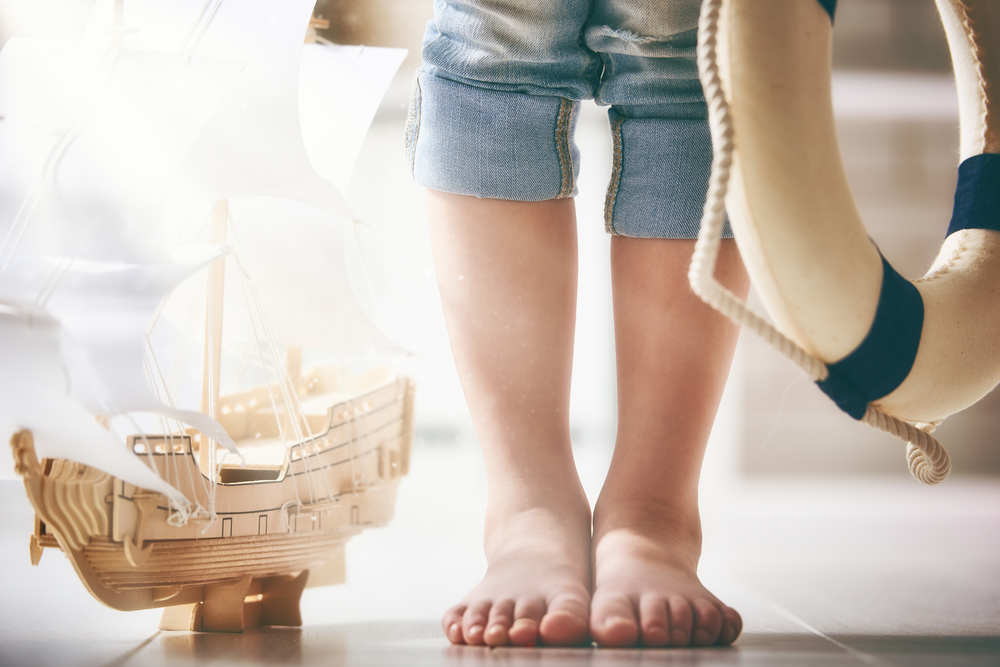Adeli Suit Therapy Improves Motor Skills for Children with Cerebral Palsy

Adeli suit therapy may improve gross motor function such as arms and legs coordination, and walking for children with cerebral palsy, according to a study published in the Journal of Physical Therapy Science.
This study suggests that conservative therapeutic methods such as Adeli suit therapy may offer a variety of applications.
For the study “Clinical usefulness of Adeli suit therapy for improving gait function in children with spastic cerebral palsy: a case study,” author Dr. Byoung-Hee Lee of the Department of Physical Therapy, College of Health Science, Sahmyook University in Seoul, South Korea, applied Adeli suit therapy to two boys with cerebral palsy aged three and six. The therapy was performed five times per week in 60-minute sessions, for four weeks.
Lee then assessed the gross motor function and walking ability of the boys using GMFM-88 to measure and record exercise levels of 88 items, under five domains. Skills skills include lying, rolling, sitting, crawling, kneeling, standing, walking, running, and jumping.
To measure gait function, the author used a system called the GAITRite Walkway System, which consists of an electronic walkway.
The results showed that following the therapy, arm and leg coordination as well as cadence and walking were improved in both boys. Although future studies with a larger number of participants are required, the study suggests that Adeli suit therapy program could improve walking in children with cerebral palsy.
The Adeli suit was originally designed during the 1970s for Russian cosmonauts to help their bodies deal better with prolonged weightlessness in space. It was later used also to help children with cerebral palsy and other neuromuscular conditions because it enhances communication between the brain and the muscles of the head, trunk and legs. Once the body is in proper alignment, the brain can be retrained to recognize correct muscle movements.


